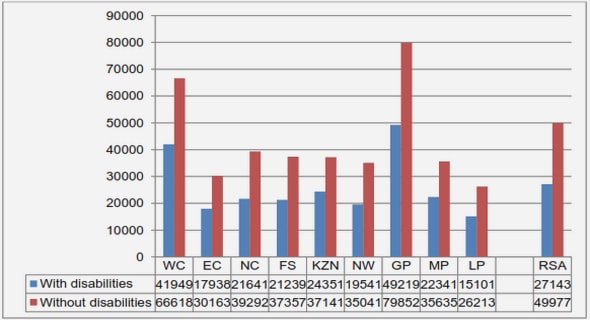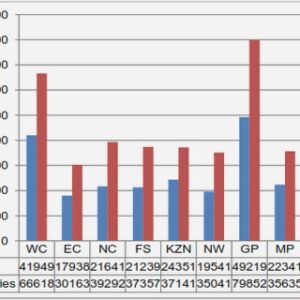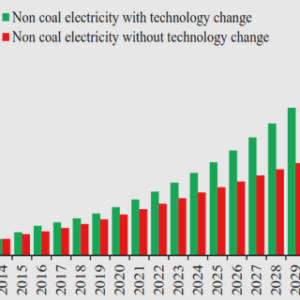(Downloads - 0)
For more info about our services contact : help@bestpfe.com
Table of contents
I Theoretical relations for jumps in both hydraulic and dry granular ows
2 A general relation for standing normal jumps in both hydraulic and dry granular ows
2.1 Introduction
2.2 General relation for standing jumps
2.2.1 Standing granular jumps
2.2.2 Standing hydraulic jumps
2.2.3 Cubic relation for both granular and hydraulic jumps
2.3 Hydraulic and granular jumps data revisited and compared
2.3.1 Types and denitions of the jumps
2.3.2 Variation of the shape factor K0
2.3.3 Variation of the relative length L=(h h)
2.3.4 Variation of the relative length L=h
2.3.5 Depth-averaged friction laws derived using minimal assumptions
2.3.6 Discussion on other parameters in general jump relation: =, k, k, and
2.4 General jump relation versus laboratory experiments
2.4.1 Hydraulic, incompressible, jump down a smooth incline: e = 0, = = 1
2.4.2 Hydraulic, incompressible, jump on rough horizontal channel: e 6= 0, = = 1
2.4.3 Granular, compressible, jump on a smooth incline: e 6= 0, = 6= 1 32
2.4.4 Analysing both water and granular uids
2.5 Discussion and conclusion
3 Discussion on resistive forces across water jumps
3.1 Correction of the equation for water jumps
3.1.1 An error in the resistive force term
3.1.2 Possible eect on the general relation
3.2 Resistive force across rough water jumps
3.2.1 New expression for velocities inside water jumps
3.2.2 Other options for resistive forces across water jumps
3.2.3 New empirical expression that t the data
II Two Dimensional numerical simulations
4 Discrete Element Method simulations of standing jumps in granularows down inclines
4.1 Introduction
4.2 DEM simulations of standing jumps
4.2.1 Microscopic contact laws
4.2.2 DEM set-up to produce the jumps
4.2.3 Measurement techniques
4.3 A rich variety of granular jumps
4.3.1 Jump steepness
4.3.2 Jump compressibility
4.4 Conclusion
5 Length of standing jumps along granularows down inclines
5.1 Introduction
5.2 Methods
5.2.1 Numerical set-up to produce standing jumps
5.2.2 From micro to macro: coarse-graining
5.2.3 Dening the length(s) of the jump
5.3 The dierent types of jump
5.3.1 Laminar granular jumps
5.3.2 Steep colliding granular jumps
5.3.3 Hydraulic-like granular jumps with an internal roller
5.4 Jump length variation with input parameters
5.4.1 Slope angle
5.4.2 Mass discharge
5.4.3 Grain diameter
5.4.4 Interparticle friction
5.5 Discussion and conclusions
5.5.1 Jump height ratio
5.5.2 Length of the jumps
5.5.3 Eective friction depending on the jump type
6 Energy dissipation in numerical granular jumps
6.1 Introduction
6.2 Variation of energy along the incline
6.3 Energy loss within the jump
6.4 Comparison between coarse-grained exact energy and hydrodynamic energy from depth-averagedow properties
6.5 Discussion
6.6 Conclusion
III Experimental study
7 X-ray radiography of standing jumps down inclines
7.1 Experimental set-up and procedure
7.2 Granular jumps with spherical grains
7.2.1 Density elds
7.2.2 Macroscopic properties of jumps
7.3 Jumps with elongated grains
7.3.1 Similarities and dierences between spherical and elongated grains .
7.3.2 The role of the grain alignment
7.3.3 A new type of granular jump
7.4 Discussion and conclusion
8 Conclusions and perspectives
8.1 Snow avalanches and design of protection dams
8.2 Innovative tools
8.3 Dierent types of granular jumps
8.4 Towards a general theoretical framework



